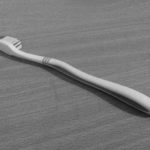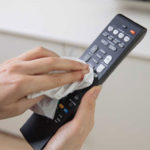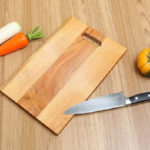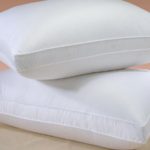Plastic cutting boards are often favored by many people for their easy cleaning and non-damaging nature to food,… However, you may need to replace plastic cutting boards frequently when they crack or have many scratches. Let’s find out how to preserve plastic cutting boards.
1 Should you replace plastic cutting boards with many cuts?
According to a study by the University of Wisconsin in the US, used plastic cutting boards contain bacteria multiple times more than wooden cutting boards. The research group conducted an experiment by culturing bacteria on both wooden and plastic cutting boards. Then, they used with and hot water to clean them.
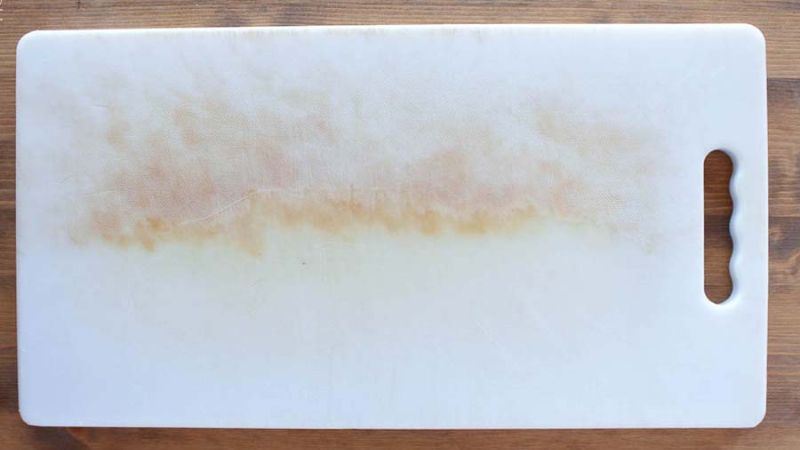 Plastic cutting boards have a lot of bacteria
Plastic cutting boards have a lot of bacteria
The result is that bacteria have little ability to grow on wooden cutting boards, despite having deep grooves, but the frequency of bacterial growth is also very low. On the contrary, plastic cutting boards have a lot of bacteria even though they are disinfected with disinfectants in the cutting grooves on the surface of the board.
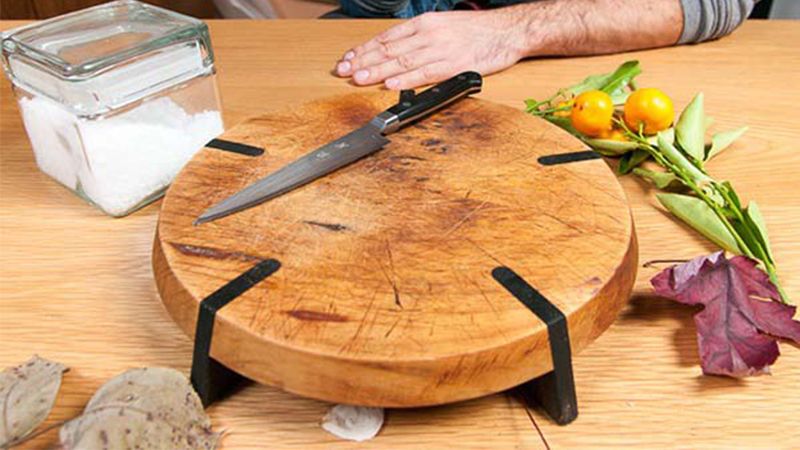 Bacteria have little ability to grow on wooden cutting boards
Bacteria have little ability to grow on wooden cutting boards
Therefore, you should replace used plastic cutting boards after a long period of use and use wooden cutting boards to ensure your health safety.
2 How long should you replace a cutting board?
Bacteria like Salmonella or E.coli often reside inside the cuts of old cutting boards, so even if you clean them thoroughly after each use, you cannot completely eliminate bacteria.
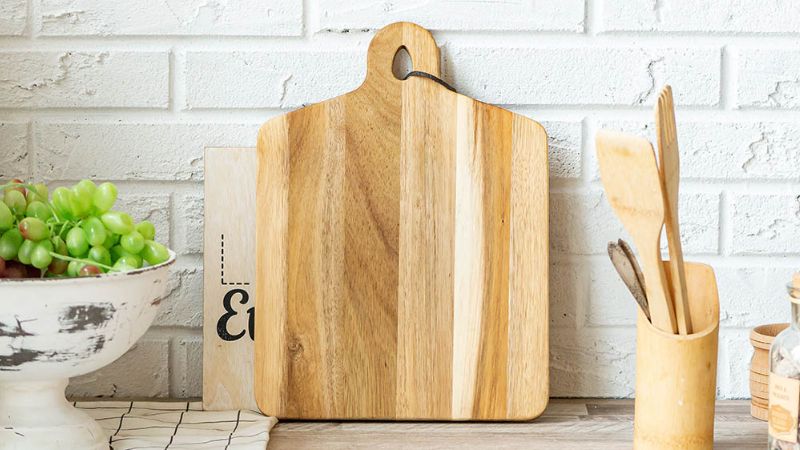 Bacteria have little ability to grow on wooden cutting boards
Bacteria have little ability to grow on wooden cutting boards
Therefore, you should change the cutting board a few times a year depending on the level of use and the material of the board. Hardwood cutting boards that are hard to leave cuts can be used for several years, while regular wooden cutting boards should be replaced after 1 year.
For some other types of plastic cutting boards, you should also consider the quality of the plastic and the frequency of use to replace them.
3 How to use and preserve plastic cutting boards
Each family should use at least two cutting boards for raw and cooked food. You can mark or buy cutting boards with different colors. This will help you limit cross-contamination of harmful bacteria that can cause health problems.
 Each family should use at least two cutting boards
Each family should use at least two cutting boards
Do not use both sides of the board because one side of the board often comes into contact with the floor, kitchen shelf,… which is prone to bacterial contamination and dirt that can cause various foodborne diseases.
Limit the use of moldy cutting boards or cutting boards with multiple overlapping cuts because bacteria and parasites are easy to grow and develop on the board, causing unhygienic conditions for your food.
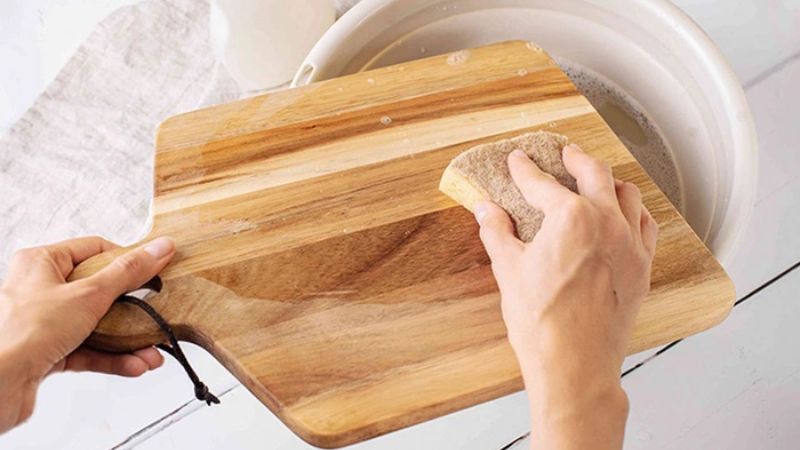 You should use boiled water or saltwater to clean the cutting board
You should use boiled water or saltwater to clean the cutting board
To disinfect and clean the cutting board, you should use boiled water or saltwater and rinse with clean water, then wipe with as they are often the refuge of many bacteria that cause diseases.
Above is our sharing on how to preserve plastic cutting boards. We hope you will take note to regularly replace and properly preserve the cutting board.
8 Common Mistakes People Make with Cutting Boards
Are you using your cutting board correctly? Many Vietnamese households rely on cutting boards in their kitchen, but not everyone knows how to use them properly, especially when it comes to wooden cutting boards. Check out these 8 mistakes to avoid when using a cutting board to ensure both hygiene and safety for everyone in your family.

























